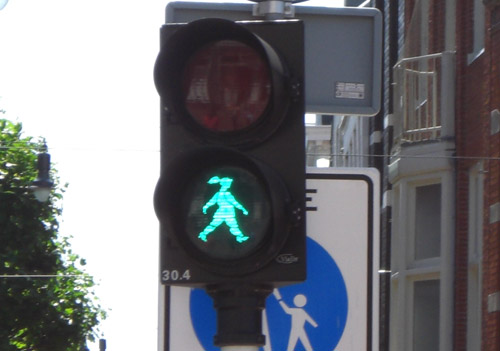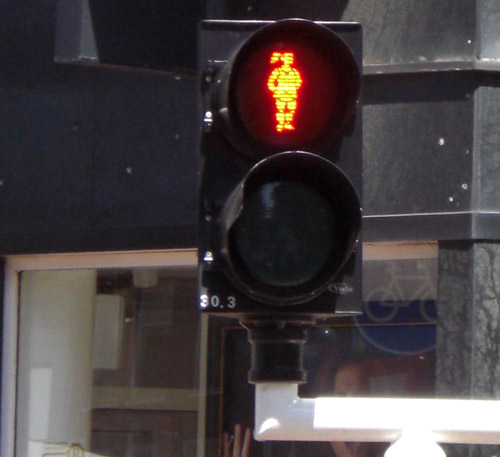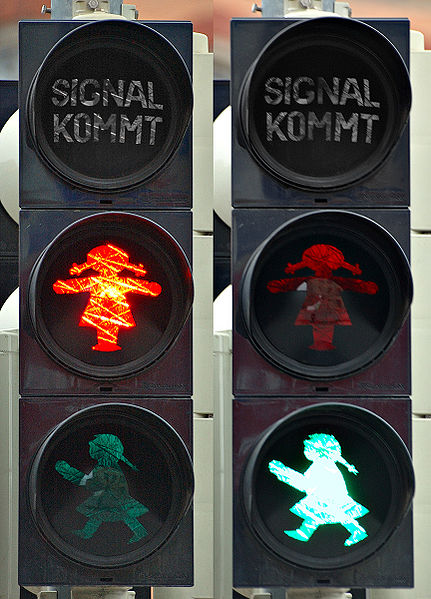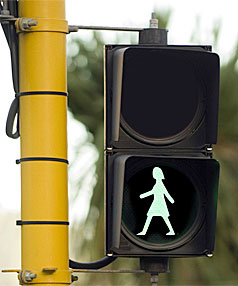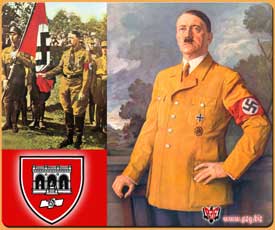In the U.S., many little girls and boys are told that, if they don’t behave, they won’t get any presents on Christmas. Sound like a significant threat?
Some cultures–parts of Austria, Germany, Switzerland, Slovenia, and Italy–have an anti-Santa Claus, Krampus. Krampus is Santa’s sidekick; he’s his evil twin, if you will. He stalks the streets hitting people with switches. If a child is bad, Krampus will take the child’s gifts away. If the child is awake Christmas Eve night, Krampus will take the child away!
Krampus:



More images found here, here, here, here, here, and here, via.
Lisa Wade, PhD is an Associate Professor at Tulane University. She is the author of American Hookup, a book about college sexual culture; a textbook about gender; and a forthcoming introductory text: Terrible Magnificent Sociology. You can follow her on Twitter and Instagram.








